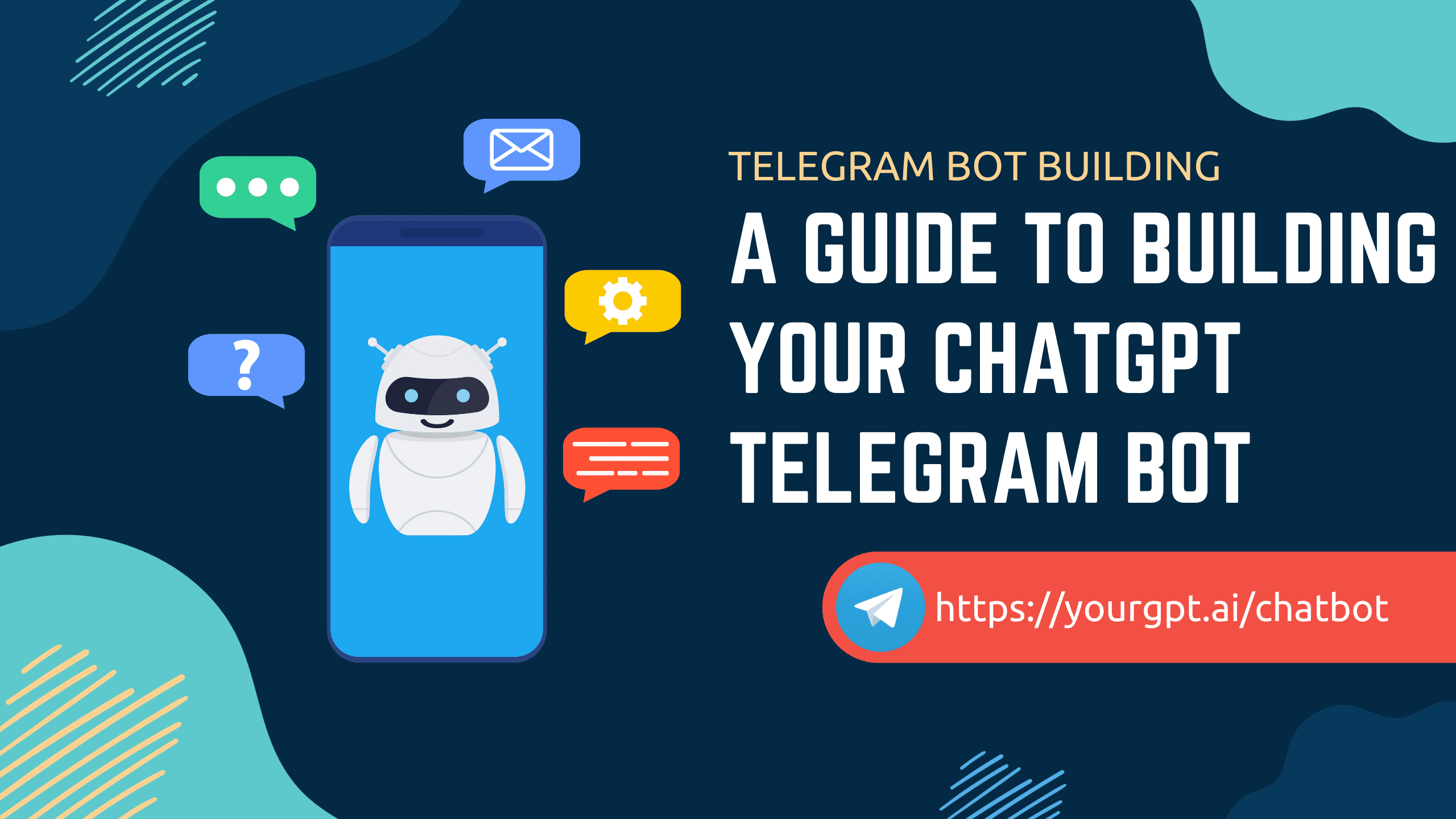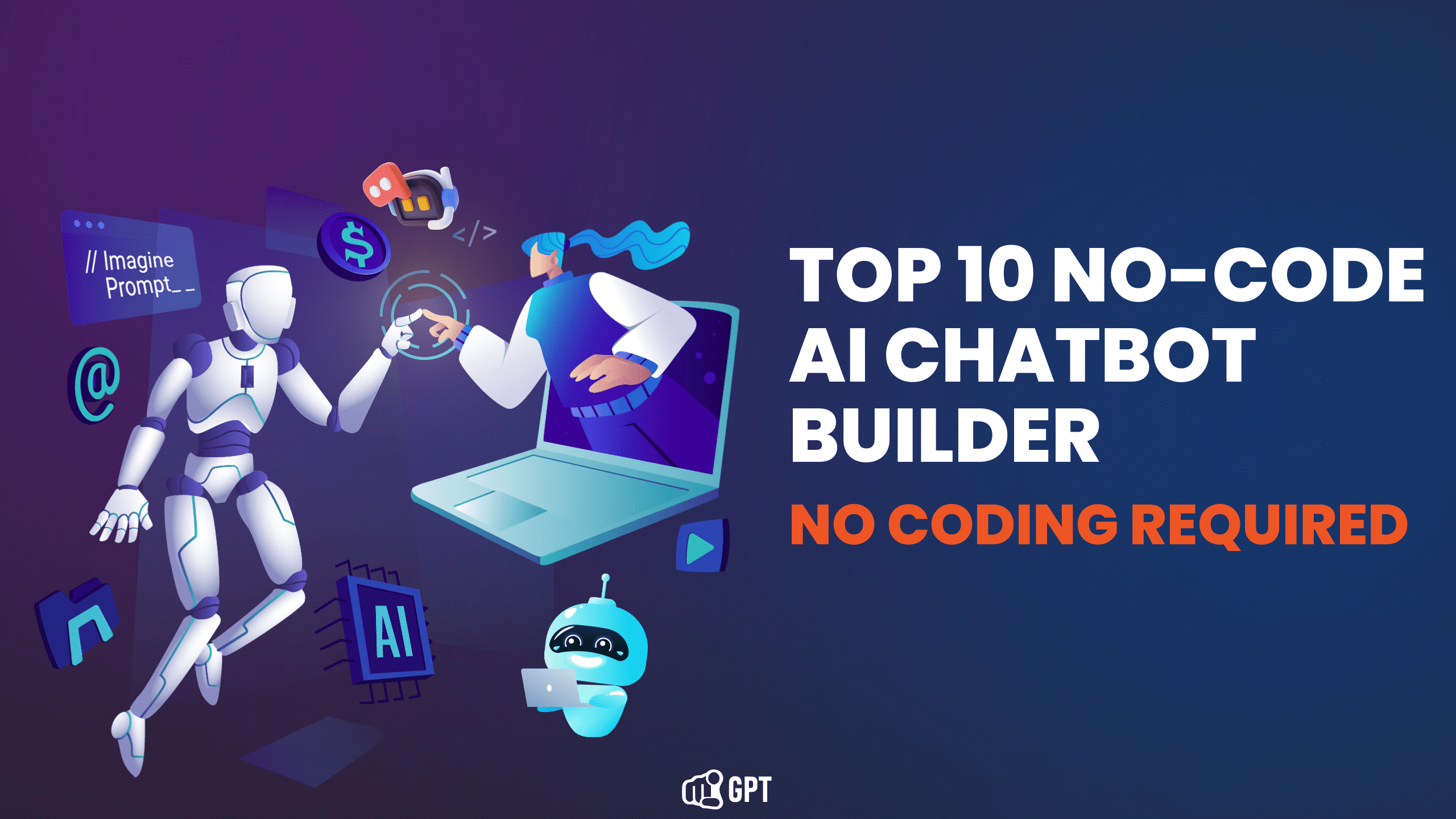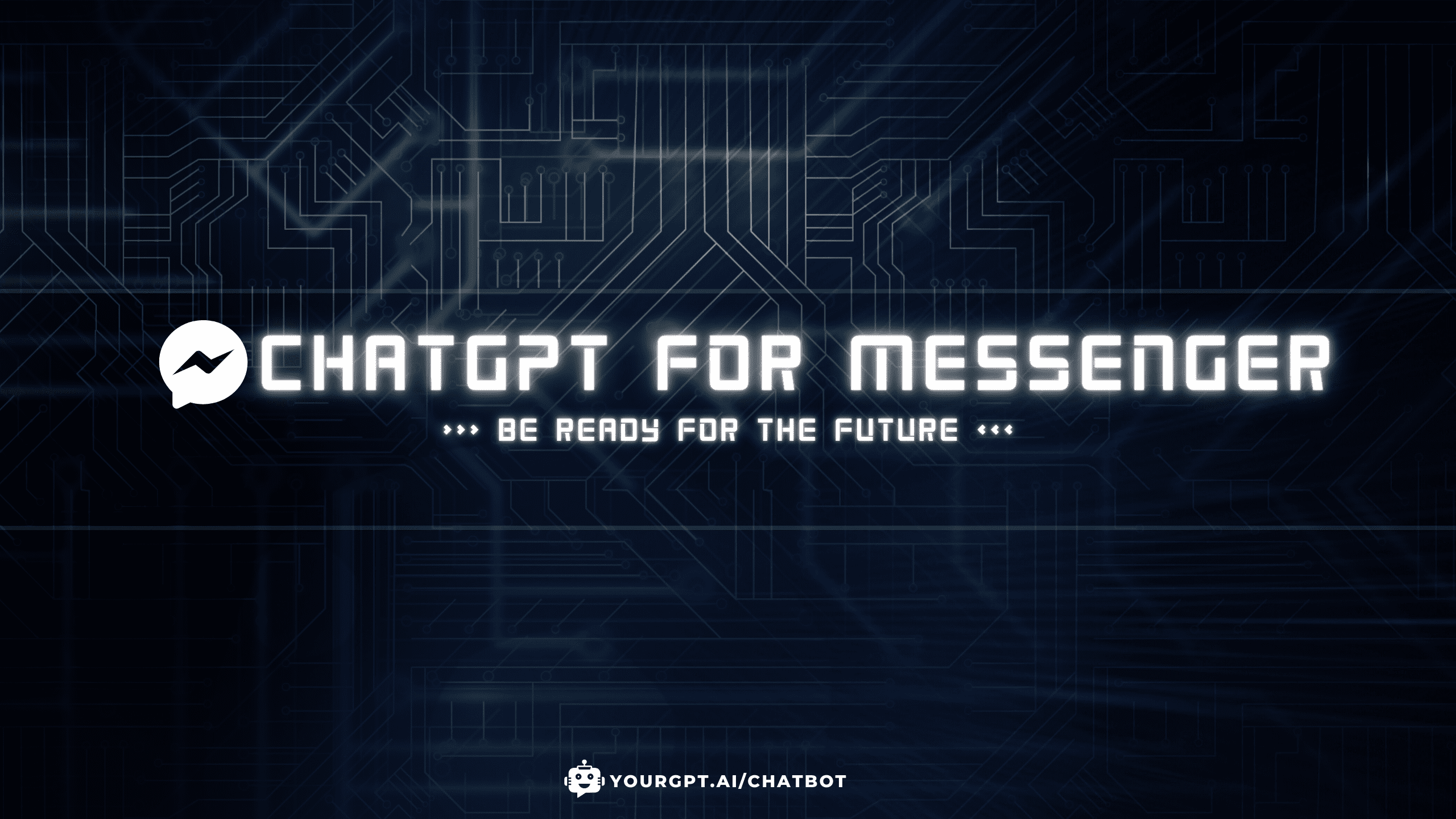GPT-4: OpenAI’s Groundbreaking Multimodal Model
GPT-4, OpenAI’s latest model, offers improvements in processing both text and image inputs, making it more capable of understanding and generating relevant responses.
Its ability to handle multimodal data is being applied across industries, helping to streamline tasks and improve efficiency. Staying informed about GPT-4’s developments is important for businesses and developers looking to leverage its potential.
GPT-4 Explained: OpenAI’s Latest Multimodal AI Model for Text and Images
GPT-4, short for Generative Pre-trained Transformer 4, is a multimodal large language model (LLM) developed by OpenAI. Launched on March 14, 2023, GPT-4 processes both text and images, making it the first multimodal model in the GPT series. GPT-4: 8,000 tokens context window, 175 billion parameters.
Users can access GPT-4 through the paid ChatGPT Plus, OpenAI’s API, and Microsoft’s free chatbot called Copilot.
This capability allows GPT-4 to understand images, summarize text from screenshots, and even analyze diagrams. It builds on the success of earlier models by employing a transformer-based neural network architecture to generate highly accurate and contextually relevant text.
Top Features of GPT-4: Multimodal Inputs, Accuracy, and Creativity
GPT-4 offers an array of features that make it stand out:
1. Multimodal Input Processing
GPT-4 accepts both text and image inputs. For instance, you can upload a scientific diagram and ask it to explain the concepts visually depicted.
2. Enhanced Creativity
The model generates creative outputs like poems, code, scripts, musical compositions, and more. Users can even request GPT-4 to mimic their writing style or create personalized content.
3. Improved Accuracy
GPT-4 significantly reduces the risk of incorrect or nonsensical outputs, ensuring better reliability for fact-driven tasks.
4. Expanded Context Handling
The model processes up to 25,000 words in a single input, enabling comprehensive document analysis, lengthy conversations, and the creation of long-form content.
5. Code Generation
GPT-4 supports code generation, translation, and optimization, making it a valuable asset for developers. It can generate HTML, CSS, and JavaScript based on a simple description of a website.
6. Data Analysis
It analyzes large datasets, identifies trends, and provides insights from charts and graphs, making it a robust tool for research, business, and financial modeling.
Understanding GPT-4: How OpenAI’s AI Model Processes Text and Images
GPT-4’s neural network architecture mimics human-like understanding. Trained on a vast dataset of text and images, it identifies complex patterns to generate outputs that are logical and contextually accurate.
For instance, GPT-4 can:
- Summarize legal documents by extracting key details and presenting them concisely.
- Analyze research papers, breaking down dense information into simpler explanations for diverse audiences.
- Generate insights from data visualizations, including graphs, heatmaps, and complex charts, which help in identifying trends or making data-driven decisions.
These capabilities stem from GPT-4’s advanced pre-training, which leverages billions of parameters. By understanding context, tone, and intent, the model creates precise outputs suited to a variety of industries. For example, businesses use GPT-4 to simplify customer inquiries, while educators rely on it to create customized learning materials.
Additionally, its capacity for image analysis is transformative. It can describe the contents of an image, identify patterns in technical diagrams, and even provide solutions to visual problems, such as troubleshooting technical setups from shared screenshots. These strengths make GPT-4 an adaptable and powerful resource for modern workflows.
Real-World Uses of GPT-4: Business, Education, and Customer Support
1. Using GPT-4 for Smarter Emails, Reports, and Presentations
Businesses can rely on GPT-4 to draft professional emails, create detailed reports, and design visually compelling presentations.
2. GPT-4 in Education: Simplifying Learning and Research Tasks
Educators and students use GPT-4 to summarize complex topics, generate study material, and analyze academic papers.
3. How GPT-4 Boosts Software Development with Code and Debugging
Developers leverage GPT-4 for coding assistance, debugging, and automating repetitive programming tasks.
4. Enhancing Customer Service with GPT-4-Powered Chatbots
Chatbots powered by GPT-4 provide efficient and accurate responses, improving the overall customer experience.
5. Content Creation Made Easy: Blogs, Social Media, and More with GPT-4
Content creators can produce engaging blogs, social media posts, and video scripts tailored to specific audiences.
Comparing GPT-4, GPT-4 Turbo, and ChatGPT: Features and Benefits
GPT-4 Turbo
- Offers faster processing and is cost-effective
- Retains all the core functionalities of GPT-4
ChatGPT
- Acts as the user interface for GPT-4, facilitating natural language interactions
| Feature | GPT-4 | GPT-4 Turbo | ChatGPT |
| Model Version | Standard GPT-4 | Optimized version of GPT-4 | Based on GPT-3.5 or GPT-4 (depending on the subscription) |
| Performance | High-level capabilities | Faster and cheaper than GPT-4 | Performance varies based on the plan (free or paid) |
| Speed | Slower compared to Turbo | Faster response time | Varies based on model used (GPT-4 is slower than GPT-3.5) |
| Cost | Higher costs due to performance | Reduced costs due to optimizations | Free version is based on GPT-3.5; GPT-4 is paid |
| Model Access | Available through API and ChatGPT | Available through API and ChatGPT | Free users access GPT-3.5, while GPT-4 is accessible to Plus subscribers |
| Availability | Available via API | Available through API and ChatGPT | Available through web, mobile apps, and API |
| Use Cases | Complex tasks like creative writing, legal, and technical assistance | Same as GPT-4, but with improved efficiency | General-purpose assistant, basic research, and simple queries |
| Resource Consumption | Higher resource usage | More efficient resource usage | Lower resource usage on GPT-3.5, higher on GPT-4 |
| Memory | Limited memory | Same as GPT-4 | Context length and memory depend on model version |
| Context Window | Up to 8,000 tokens (or more in some cases) | Same as GPT-4 | Varies (GPT-3.5 typically supports up to 4,096 tokens; GPT-4 supports more) |
| Modalities | Primarily text-based (supports text generation and understanding) | Primarily text-based (supports text generation and understanding) | Text-based, with potential multimodal support for GPT-4 (images and text) |
| Integration | Available via API | Available via API and ChatGPT | Integrated into OpenAI products (chat, API, etc.) |
| Training Data | Trained on a large corpus of text data, including books, websites, and more | Trained on a large corpus, optimized for efficiency | Trained on a similar corpus, but specific to GPT-3.5 or GPT-4 |
| Fine-Tuning | Available via custom fine-tuning through API | Available via custom fine-tuning through API | No direct fine-tuning, but can be customized through user inputs in ChatGPT |
| Multilingual Support | Strong support for multiple languages | Same as GPT-4 | Available for several languages, with varying accuracy based on the model |
How GPT-4 Helps Businesses Save Costs and Improve Efficiency
GPT-4 enables businesses to:
- Automate repetitive tasks
- Enhance customer interactions with AI-driven chatbots
- Provide data-driven insights for better decision-making
This efficiency leads to cost savings and improved productivity, making GPT-4 an invaluable tool for scaling operations.
Challenges of GPT-4: Cost, Privacy, and Dependency Risks
While GPT-4 offers significant advantages, challenges include:
- High Costs: Subscriptions and API access may not be affordable for all.
- Privacy Concerns: Sensitive data shared with the model could pose risks.
- Over-reliance: Excessive dependence on AI may lead to skill gaps in the workforce.
Addressing these challenges requires thoughtful implementation and policies.
Conclusion
OpenAI has released its latest large language model, GPT-4. This multimodal model can process both image and text inputs and generate text outputs.
GPT-4’s ability to handle multimodal inputs, generate accurate outputs, and improve processes makes it a notable advancement in AI. By understanding its strengths and limitations, businesses and developers can make the most of its potential for value and innovation.
Try GPT-4 now and experience it for yourself!







